As a weight lifter or bodybuilder, you may wonder when and why you should use a weight-lifting belt. Belts are often seen as a crutch, a way for people to cheat their way to bigger lifts.
But is that really the case? Should you be using a weightlifting belt for every exercise?
We've all been there in the gym, pumped up and ready to lift some weight. However, as you increase the weight on the bar or machine, something just doesn't feel right.
Your stomach starts to ache, and you suddenly realize that you should have worn your weight-lifting belt. But what gym exercises should you use a weightlifting belt for?
This blog post will cover the main exercises where a weightlifting style belt can be beneficial. We'll also provide the benefits of using a weightlifting belt for your needs, especially at your favorite gym house. Let's get started!
What Exercises Are Best For Weight Lifting Belts?
If you're a weight lifter or bodybuilder, you know that using a weightlifting belt is important for protecting your spine and helping you lift more weight.
But what exercises are the best exercises for using a belt? Here are the most effective exercises for weight lifting belts and how to use them properly.
1. Deadlift

Lifting belts are an important part of any weightlifting routine, as they help protect your back from injury. A deadlift is a great option when choosing the best exercises for weightlifting belts.
This exercise works all of the major muscles in the body, including the back, legs, and arms. In addition, it is an excellent way to build strength and power. When performed correctly, the deadlift can also help to improve posture and prevent injuries.
For these reasons, it is often considered the king of all weightlifting exercises. However, it is important to note that this exercise can be challenging for beginners.
As such, it is always best to consult with a qualified trainer before attempting this move. The deadlift can be a great way to build strength, power, and muscle mass with proper instruction and guidance.
2. Overhead Press
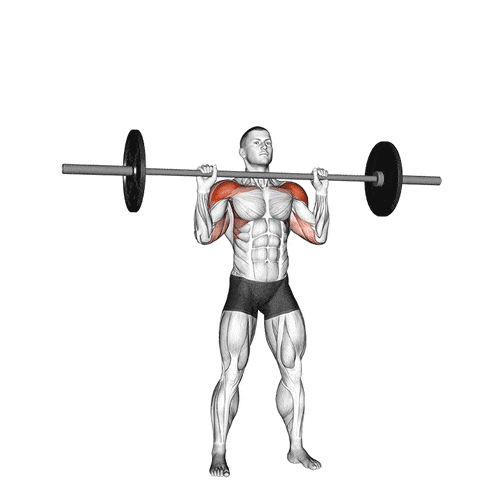
One of the best exercises for weight lifting belts is the overhead press. This exercise works your shoulder muscles and helps you lift heavier weights.
To do the overhead press, stand with your feet shoulder-width apart and hold a weight in each hand. Extend your arms straight up above your head, then slowly lower them back to the starting position.
The best powerlifting belts for overhead presses are stiff, sturdy belts that provide support and stability to your midsection. When doing overhead presses, it's important to keep your core strong and stable to generate the most power possible and press the weight overhead.
With the belt supporting your back, you can lift more weight and achieve greater results.
3. Clean & Jerk

The clean and jerk is a two-part lift that starts with a clean movement and ends with a jerk. To perform the clean, stand with your feet hip-width apart and hold the barbell at shoulder height with your palms facing forward.
Bend your knees and hips to lower the barbell to the floor, then explosively extend your hips and knees to jump up and pull the barbell to your chest. Keep your elbows close to your body as you lift the barbell. Then, quickly thrust your hips forward and press the barbell overhead.
The jerk is a complex exercise that requires a great deal of strength and power. To perform the jerk, dip down slightly below parallel with your knees bent and extend your hips and legs to jump up and press the barbell overhead.
To use a weightlifting belt effectively, place it around your waist and ensure it's snug but not too tight. When you're performing an exercise, pull the belt tight and focus on maintaining good posture. This will help keep your core engaged and protect your spine.
4. Barbell Bent Over Rows

Regarding the best exercise for weight lifting belts, barbell rows rank near the top of the list. This is because this exercise helps to build strength in the back and biceps, which can be difficult to target with other exercises.
Additionally, barbell rows are a compound exercise, meaning they work for multiple muscle groups simultaneously. This makes them an efficient way to burn calories and achieve your fitness goals.
To do barbell rows, you will need a weightlifting belt, a barbell, and a weight plate. Place the weight plate on the floor and stand behind the barbell.
Bend your knees and grab the bar with an overhand grip, ensuring your hands are shoulder-width apart. Pull the bar towards your chest, keeping your back straight and your core engaged. Pause for a moment, then slowly lower the bar to the starting position.
5. Bench Press
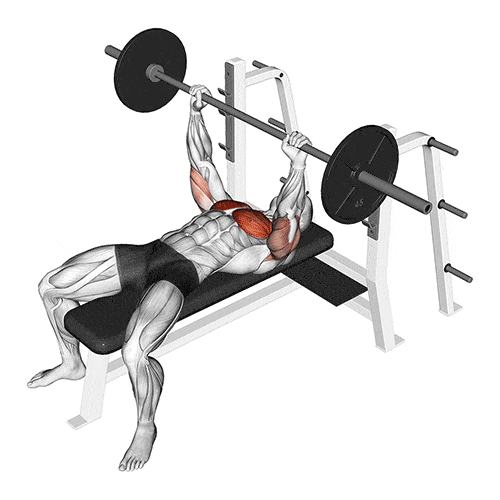
When choosing an exercise to use a weightlifting belt for, the bench press is often cited as an ideal exercise for belt use because it places extra stress on the core muscles.
In addition, the bench press allows lifters to use heavier weights, which can further increase the effectiveness of the belt.
The bench press works several muscles in the upper body, including the chest, shoulders, and triceps. It also helps to build strength in the core muscles.
When using a weightlifting belt for the bench press, it is important to ensure that the belt fits properly and is tightened correctly.
The belt is worn by lying flat on a bench with your feet on the floor. Hold the weightlifting belt around your waist and tighten it, so it is snug but not too tight.
Lift the weight off of the rack and lower it to your chest. Press the weight up and then release it back to the starting position.
6. Barbell Squat
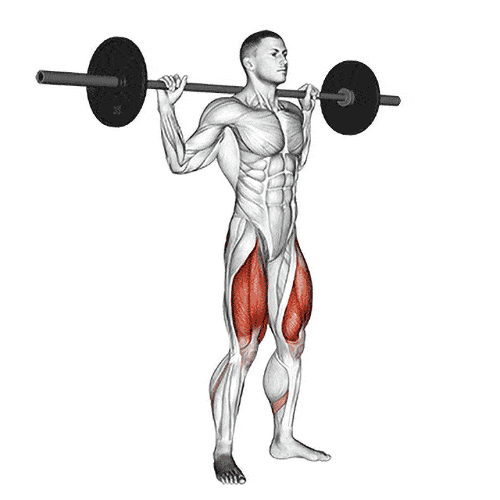
When it comes to weight lifting belts, there are two main types of barbell squats that you can perform, the back squat and the front squat. Both exercises are effective in their own way and can help you achieve your desired results.
The back squat is the more traditional of the two types of squats. To perform this exercise, you will need to place the barbell across your back, with the weight distributed evenly across your shoulders.
Then, lower yourself down into a squatting position, making sure to keep your back straight at all times. Once you reach the bottom of the squat, drive through your heels and return to the starting position.
This exercise is ideal for those who want to build strength and power in their lower body. The front squat is a slightly more advanced exercise that targets the quads more than the back squat.
To perform this exercise, you will need to hold the barbell in front of your chest, with your elbows pointing downwards. Then, lower yourself into a squatting position, keeping your back straight.
Once you reach the bottom of the squat, drive through your heels and return to the starting position. This exercise is ideal for those who want to build muscle mass in their quads.
What Are The Benefits Of A Weight-Lifting Belt?
Ever since I started lifting weights a few years ago, I have always seen people use weightlifting belts and wondered what the benefits were. I did some research and found that there are actually a lot of benefits to using a belt when lifting weights.
Here are the benefits of using a weightlifting belt and why you may want to consider using one yourself.
1. Increased Stability And Support For The Spine
Wearing a weightlifting belt provides increased stability and support for the spine by placing additional tension around the abdominal and lower back muscles.
A late study of 6 participants filmed exercising parallel squats has shown that using a weight belt can aid in supporting the trunk by increasing intra-abdominal pressure (IAP).
This results in improved lifting form and technique and ultimately helps to prevent injuries. In addition, belts help to limit the range of motion of the spine, which can reduce strain on the lower back.
Powerlifters and other athletes who highly demand their bodies often use weightlifting belts such as the Ohio lifting belt for these reasons.
However, it is important to note that belts should not be used as a crutch and that proper form and technique should always be prioritized.
2. Reduced Risk Of Injury
A weightlifting belt can provide several benefits, but one of the most important is reducing your risk of injury. When you lift weights, your spinal column and abdominal muscles work together to support your back.
This can put a lot of strain on these muscles and lead to injuries. Wearing a weightlifting belt helps to take some of the strain off these muscles by providing additional support for your back.
This can help to prevent injuries, especially if you are lifting heavy weights.
3. Improved Lifting Technique
Powerlifters and weightlifters often use weightlifting belts to help them lift heavier weights. Belts not only provide support for the spine but also improve lifting technique.
Wearing a belt forces the lifter to use their abdominal muscles to brace their spine, improving their posture and preventing back injuries.
Additionally, the belt provides extra support during heavy lifting for the lower back when lifting heavy weights. This helps to keep the spine in alignment and reduces the risk of injuries.
4. Increased Lifting Power
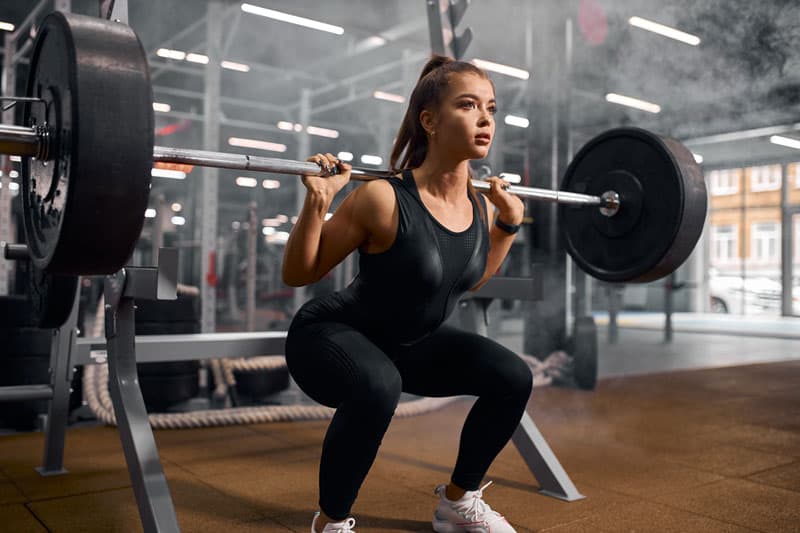
Weight lifting belts help to increase lifting power by stabilizing the pelvis and hips. This is especially important when lifting heavy weights, as it minimizes the risk of injury.
An observational study of the influence of weightlifting belts and wrist straps on deadlift completion times has resulted in significantly improved and quicker lifts. Out of the twenty male recreational weightlifting participants, there were no injuries or adverse events were reported.
A significant main effect on the time taken to complete a deadlift was seen wearing the weightlifting belt condition. The result also showed reduced knee flexion, but not hip flexion, during the deadlift setup phase compared to using no aid.
Weight-lifting belts that were used in the study are usually leather belts, and nylon belts and come in various sizes.
5. Enhanced Muscular Endurance
A weight-lifting belt provides many benefits for those who participate in strength-training activities. One of the most important benefits is enhanced muscular endurance. When wearing a belt, the abdominal muscles are placed in a state of constant tension.
This tension increases the amount of blood that flows to the muscles and helps to delay fatigue. As a result, lifters can maintain their form for longer periods and perform more reps with heavy weights.
In addition, the increased blood flow to the muscles helps to speed up recovery times and reduce soreness after workouts. For these reasons, belts are an essential piece of equipment for any serious strength athlete.
6. Improved Body Alignment During Lifts
Olympic weightlifting is a demanding sport that requires competitors to lift extremely heavy weights overhead. The goal is to complete the lift with perfect technique, which can be difficult to achieve when heavy weights.
One way to improve your technique is to use a weightlifting belt. This weight belt helps to stabilize your spine and pelvis, which improves your body alignment during the lift.
This can help you achieve better results by improving your force production and preventing injuries.
While belts are not required in Olympic weightlifting, they can be a valuable tool for Olympic weightlifters looking to improve their performance and stay safe while lifting heavy weights.
Frequently Asked Questions

Is It OK To Wear The Abdominal Belt While Exercising?
While abdominal belts can support the lower back and abdominal muscles, they should be used cautiously. Belts that are too tight can restrict breathing and cause discomfort, while belts that are too loose can slip during exercise and chafe the skin.
In addition, abdominal belts can limit the range of motion and make it difficult to engage the abdominal muscles properly. For these reasons, it is important to consult a healthcare professional before using an abdominal belt during exercise.
How Does A Weightlifting Belt Help?
A weightlifting belt helps support the lower back and abdominals during strength training. By doing this, it increases intra-abdominal pressure, which stabilizes the spine.
This, in turn, allows for heavier lifts with a decreased chance of injury. In addition, the belt provides proprioceptive feedback to the lifter, which can help with form and technique.
At What Point Should I Use A Weightlifting Belt?
Belts should be used when there is high intra-abdominal pressure, such as during a heavy lift, to provide abdominal support.
The increase in intra-abdominal pressure is intended to provide additional support for the spine; however, if the intra-abdominal pressure increases too much, it can lead to hernias or other problems.
Weightlifting belts help to stabilize the spine by providing additional support for the intra-abdominal Muscles.
However, some lifters find that wearing a belt helps them maintain good form and learn the lifts correctly. Ultimately, it is up to the individual lifter to decide when and how to use a weightlifting belt.
Conclusion
Now that you know which exercises to use a weight-lifting belt for, it’s time to find the perfect one! When shopping for a new weightlifting belt, keep an eye out for features like comfort and support.
Visit our online shop today for the best weightlifting belts in Manila such as the Awtsu weightlifting belt. It features an adjustable velcro belt, double prong pressurized fitting, backside broadening design, and a quick dry lining in the branded Awtsu colorway of black and yellow.
Our belts are made of high-quality materials that will last you a long time. The leather is soft and supple and features double stitching for extra strong durability.
You can trust that our belts will hold up to your everyday wear and tear. So don't settle for anything less than the best - choose our belts and know that you're getting the highest quality product on the market.
References:
https://pubmed.ncbi.nlm.nih.gov/2304406/


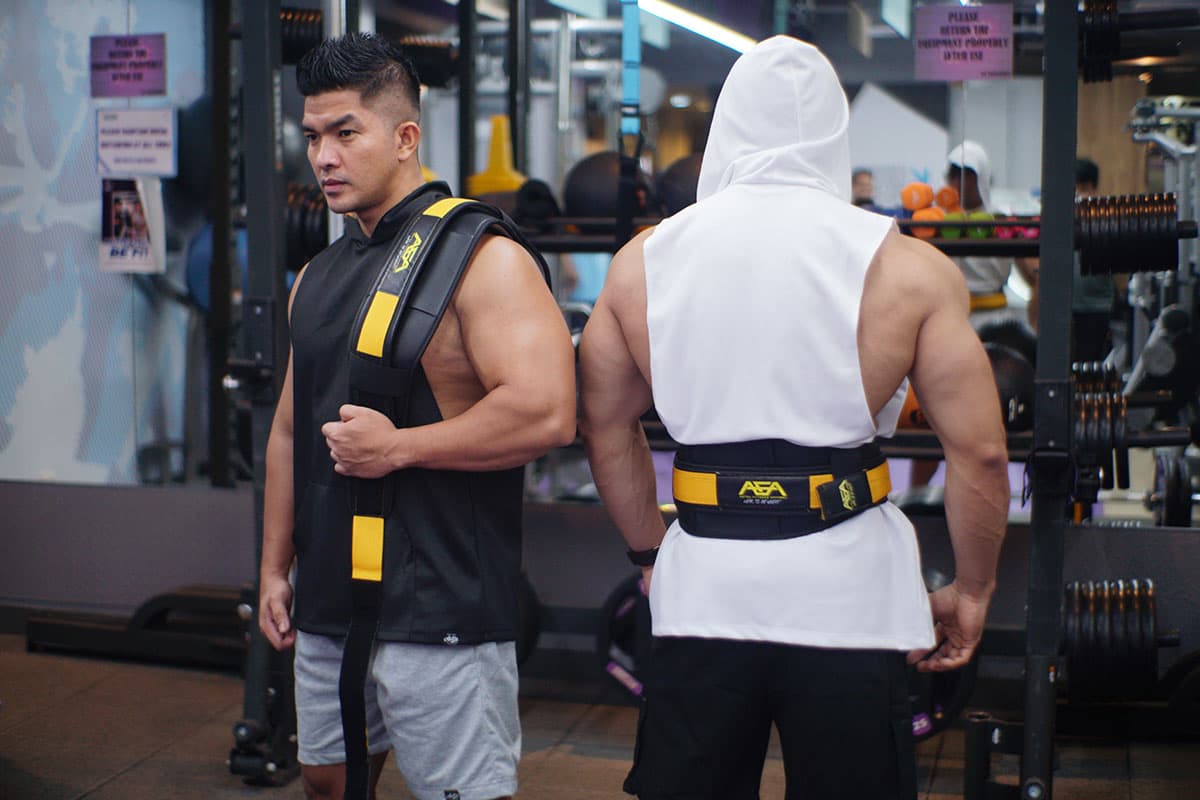

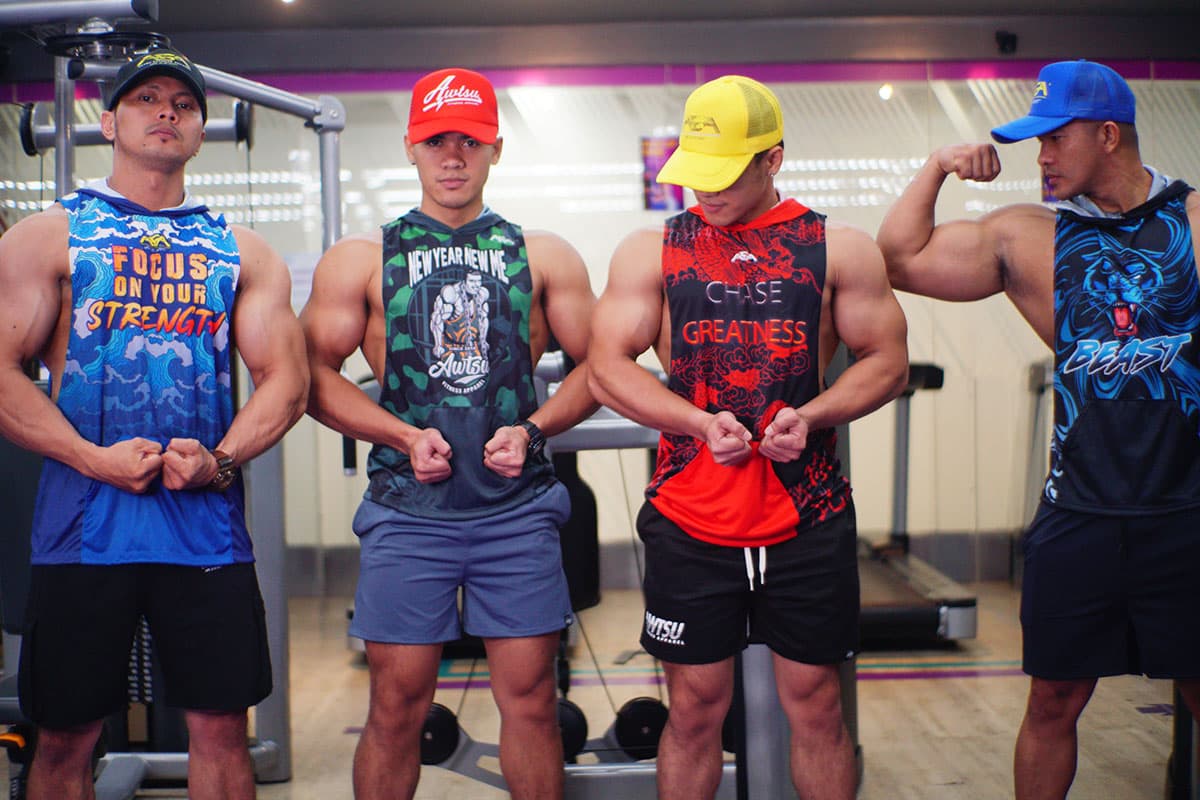
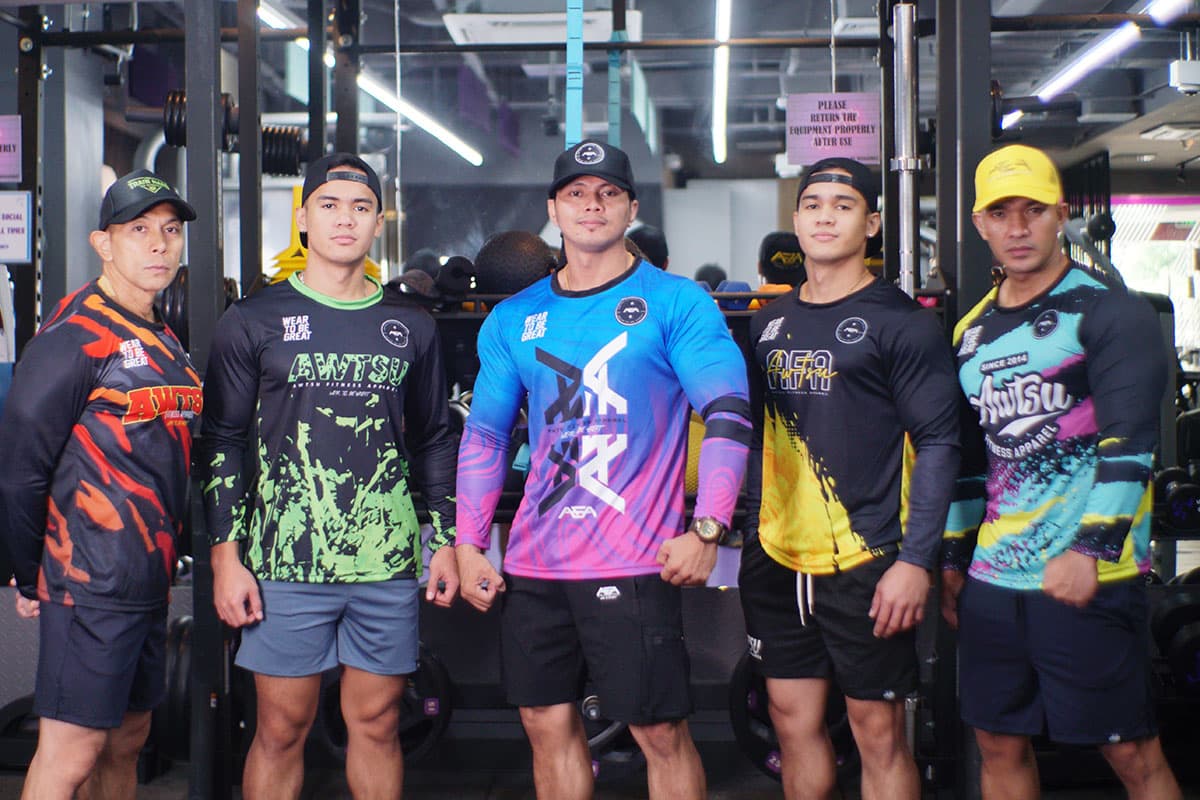
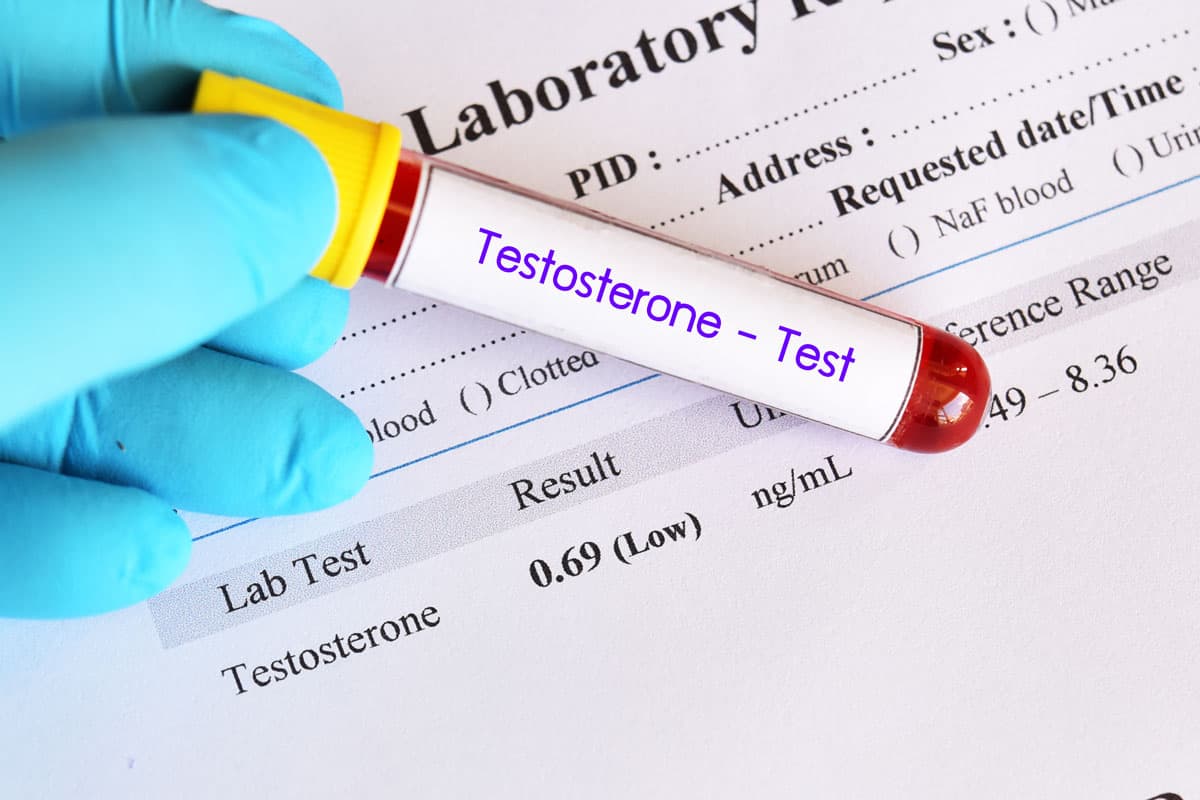

Hi Team,
i am Ajay from Delhi India...